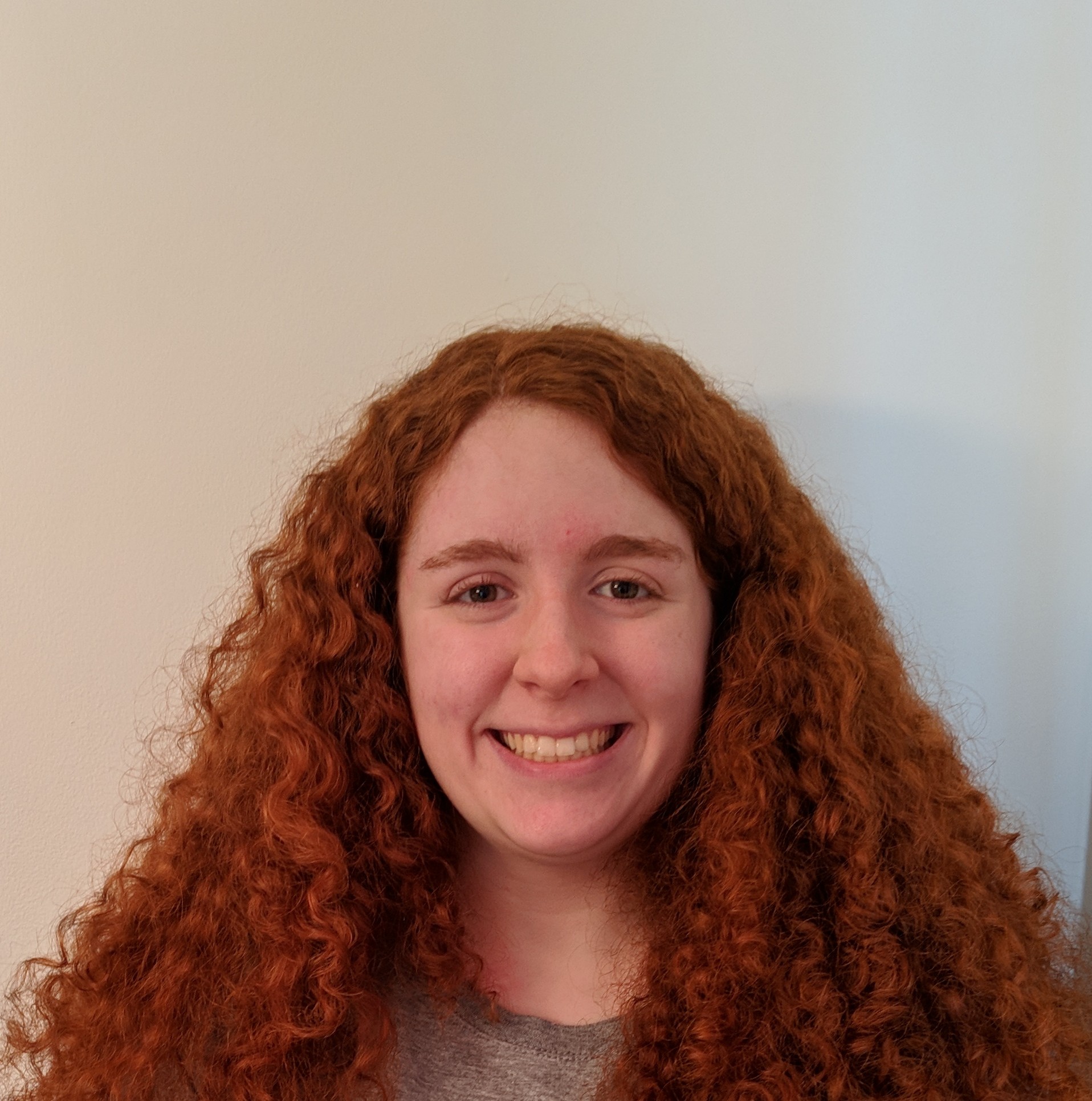Below is a summary of the abstract you submitted. Presenting author(s) is shown in bold.
If any changes need to be made, you can modify the abstract or change the authors.
You can also download a .docx version of this abstract.
If there are any problems, please email Dan at dar78@pitt.edu and he'll take care of them!
This abstract was last modified on May 3, 2019 at 12:12 p.m..

In 2017-2018 the Mount Saint Mary College Phage Hunters transitioned to the host Microbacterium foliorum for the isolation on novel bacteriophages in an attempt to provide more insight into the diversity of genomes across the Actinobacteriophage phylum. This year, fifteen Microbacteriophages were isolated from soil samples gathered in Newburgh, NY. Phages Stanktossa and DirtyBubble were obtained through enriched isolation, both yielding small, cloudy plaques after 48 hours of incubation at 30C while Roman was obtained as a result of a direct isolation, yielding large, clear plaques after 24 hours at 30C. TEM analysis revealed that all three phages have the Siphoviridae morphotype. Sequencing of Stanktossa (circularly permutated, 41.8 kB length, 63.6% GC content), DirtyBubble (linear with 3’ sticky overhang, 41.6 kB length, 68.7% GC content) and Roman (linear with direct terminal repeat, 64.2 kB length, 62.8% GC content) identified them as members of the EA1, EB, and ED1 subclusters, respectively. All three phages were predicted to have a lytic life cycle based on the initial analysis of the genome sequences. Successful annotation of these novel phages was a collective effort between several students and faculty using bioinformatic programs including PECAAN, GeneMark, Phamerator and Starterator. Gene functions were assigned using the HHpred and NCBI BLAST programs. In addition, we are performing phylogenetic analysis of the three bacteriophages to determine their evolutionary relationship. We are also characterizing the phage Goldina, which currently exists as a mixed sample with Roman. Using genomic FASTA files from both Goldina and Roman, we are using phage-specific primers and PCR to make separate pure titers of the two phages. Upon successful separation, the Goldina genome will be annotated.

